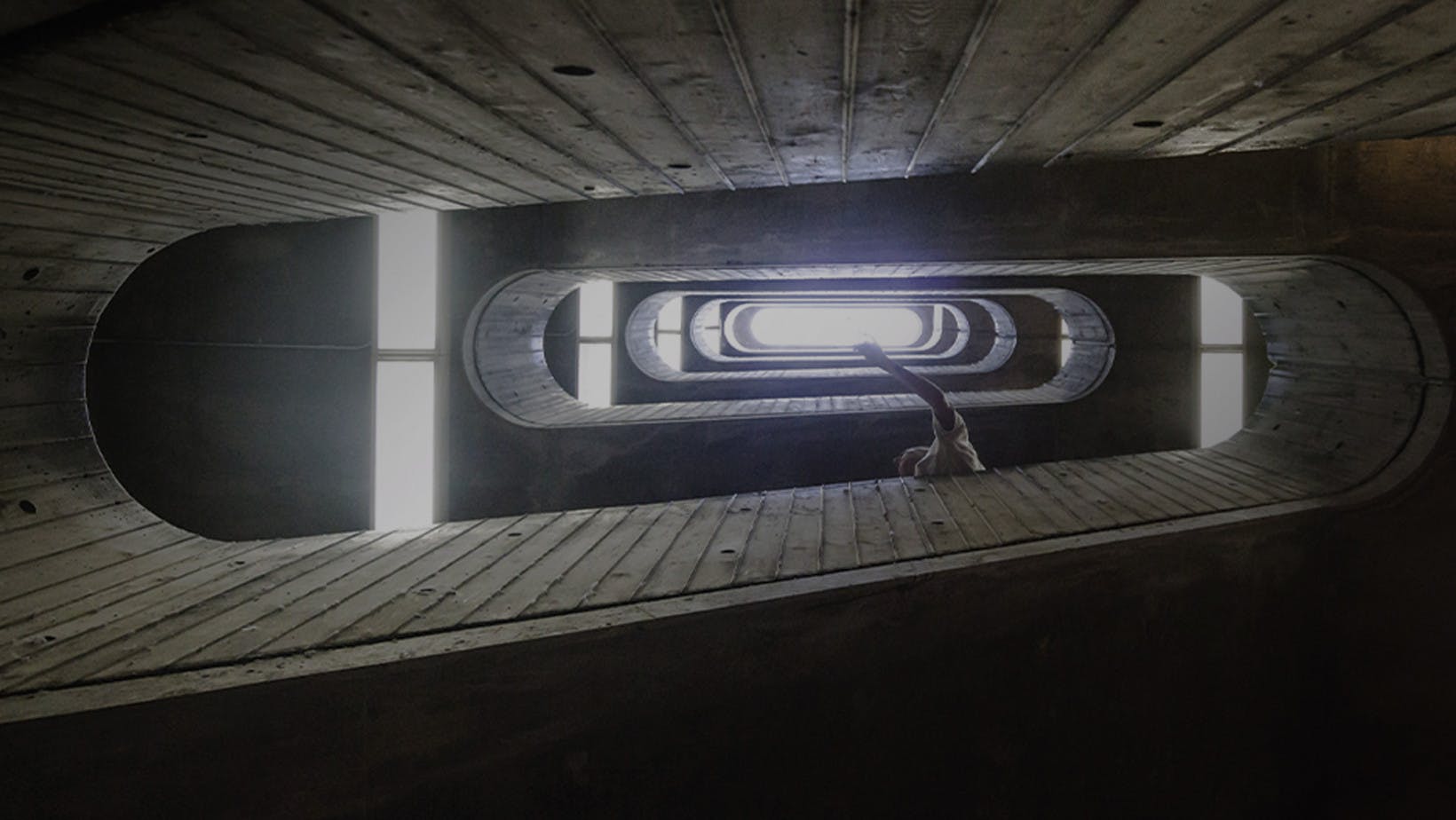In This Article
Who was Jean Piaget?
What is Cognitive Development?
Piaget’s Theory of Cognitive Development
Concepts to Keep in Mind
Criticisms of Piaget’s Theory
Who was Jean Piaget?
Jean Piaget (1896–1980) was a Swiss developmental psychologist who focused on cognition in children. Unlike other developmental psychologists around his time, Piaget did not use a psychoanalytical (think Sigmund Freud) or psychosocial (think Erik Erikson) lens to study how children develop. Instead, he focused specifically on cognitive development. Piaget thought cognition was key to understanding development. Piaget theorized that cognitive abilities develop in relatively distinct stages. (You can also dive into metacognition strategies to learn more about the mind.)
Piaget was something of a wunderkind. His early interests were in natural history and philosophy. By age 15, he had already published several articles on mollusks. He gained a reputation for his mollusk expertise in the scientific community. (Many in that community did not know he was a teenager at the time of publication). At university, Piaget focused on philosophy and natural science. He earned his Ph.D. in zoology/natural science from the University of Neuchâtel in his hometown in Switzerland.
Around this point is when he shifted his focus to developmental psychology. Piaget spent a semester at the University of Zürich with Carl Jung and Paul Eugen Bleuler (two prominent psychologists).
Shortly after, he went to Paris to teach at a school run by another well-known psychologist, Alfred Binet. Piaget was there, assisting Binet when Binet developed his infamous intelligence tests. Piaget observed how children answered Binet’s test questions and began his lifelong journey into rethinking our ideas about childhood cognitive development.
What is Cognitive Development?
Development can be divided into physical, cognitive, and psychosocial development. Piaget focused on cognitive development. This is the development of thinking and learning abilities, including:
Attention
Memory
Reasoning
Creativity
Piaget’s Theory of Cognitive Development
Popular thinking about children during Piaget’s time assumed that children were mini-adults, that their minds functioned like little adult minds. Piaget proposed an alternative cognitive theory: children’s minds are different from adults and go through a series of stages of development to reach an “adult mind.” He argued that development occurs in four stages that are tied to particular age ranges.
Piaget’s stages of development are:
Keep in mind that these age ranges are rough estimates, and children develop at different rates.
Sensorimotor Stage, Ages 0-2
From birth to around age 2, the sensorimotor stage is all about exploring the world through the senses and motor behavior. You’ve probably seen a baby crawl around, bumping into things, grasping whatever they can, and putting much of it in their mouths—this is a critical part of their cognitive development. They are learning how things feel, taste, and exist in space.
Object Permanence
During this stage, children learn about object permanence. Object permanence is the idea that an object still exists, even if it is not in view. Imagine a child is playing with an adorable teddy bear. If someone places the teddy bear in a box, obscuring it from view, this will confuse an infant under five months.
As an infant develops the concept of object permanence, the child will understand that whether or not they can see the teddy bear, it still exists. This child will look for the teddy bear in the box, knowing it must be somewhere even if they can’t see it.
Stranger Anxiety
In this stage, children also exhibit stranger anxiety. Stranger anxiety is the common occurrence of babies being upset or uncomfortable around strangers and craving the familiarity of parents and others they know. If you’ve ever held a new baby who burst into tears until you have returned them to their parents, you’ve experienced stranger anxiety firsthand.
Piaget explained stranger anxiety as a baby’s inability to assimilate a new person into their existing schemata; this makes the stranger an unknown and frightful prospect. In the Concepts to Keep in Mind section below, we will learn more about schemas and assimilation.
Preoperational Stage, Ages 2-6
The preoperational stage, from ages 2 to 6, is all about language and symbolism. Children begin to learn language and develop their own logic, based on their experience so far and differs from “adult logic.”
Conservation
This stage is also when playing make-believe is at its peak. Do you remember using a stick as a sword or a bowl as a helmet? Perhaps you liked to zoom around the playground, arms aloft, pretending to be a bird or a plane. Did anyone else pretend their trike was a pony? Pretend play at this stage helps children grasp the concept that symbols can represent ideas.
During this stage, children grapple with, but do not master, the concept of conservation. Conservation is the idea that changing only the appearance of something does not change the size or quantity.
For example, imagine a 10” pizza (yum). If you cut the pizza into quarters or into eighths, the amount of pizza remains the same. For a child in the preoperational stage, this is not so simple. A child in this stage is likely to tell you that the 10” pizza cut into eighths is actually more pizza than the one cut into quarters simply because there are eight pieces instead of four.
One of Piaget’s classic conservation tests used cups of water. He would place two identical cups of water in front of the child with the same amount of water in each cup. Then, he would pour the water from one glass into a wide, shallow cup and the water from the other glass into a tall, narrow glass. Children at this stage say the tall, narrow glass has more water because the water level is higher in that glass.
Egocentrism
Besides grappling with (but not fully grasp) conservation, children display more egocentric behaviors during the preoperational stage. Egocentrism, in the Piagetian sense, means that children at this age can’t easily take the perspective of others. The child is focused on their perception of the world and assumes others think and see the world just as they do. They may not even consider others’ perspectives at all.
Imagine you are upset, and a child in the preoperational stage brings you their pacifier. Since the pacifier cheers them up, they assume it will cheer you up too.
Piaget explored children’s egocentrism using the three-mountain task. In this task, children look at a three-dimensional mountain scene, like three paper mache mountains on a table). After looking at the mountains from all angles, the child sits across from a researcher and asks what the researcher can see. A child early in the preoperational stage will likely think the researcher can see exactly what the child sees. An older child will be able to take the researcher’s perspective and imagine what the scene must look like from where the researcher is sitting.
Concrete Operational Stage, Ages 7-11
From ages 7 to 11, the concrete operational stage is all about learning to think in an organized, rational way about concrete events and perform mathematical calculations.
Conservation & Reversibility
During this stage, children master the concept of conservation (discussed above). Related to conservation, children in the concrete operational stage also master the concept of reversibility. Reversibility is the idea that, in some cases, you can change an object and then return it to its original form.
A classic example of this is in relation to the conservation cup exercise. Not only will a child in the concrete operational stage understand that when you pour the same amount of water into two differently shaped cups, you still have the same amount of water; they will also understand that when you pour that same water back into the original cups, you will have the same amount of water.
Formal Operational Stage, Ages 12+
From around age 12 on, the formal operational stage is all about abstraction, hypothetical situations, and developing into what we know as an adult mind. This stage involves problem-solving through abstract, creative thinking. Children learn to test their theories more rigorously and turn inward again in a second egocentric stage, first appearing in the preoperational stage.
The egocentrism in this stage is something we can all probably remember. Perhaps a teenager has to borrow her brother’s “dorky” backpack for a day. She assumes that everyone thinks she looks uncool because she thinks she looks uncool. Her egocentrism makes it hard for her to take others’ perspectives and realize that many people probably have not noticed the backpack or even cared.
Concepts to Keep in Mind
Piaget used and introduced several important concepts in cognitive psychology, including schemas, assimilation, accommodation, and equilibrium.
Schemas
One Piagetian concept that remains popular and important in cognitive psychology is the idea of a schema. Schemas are mental models or concepts that we use to understand and categorize information. Piaget thought children began with very few schemas, developing schemas to help them interpret the world. By the time a child reaches adulthood, they have schemas for pretty much everything.
Imagine a child who has a schema developed to help them understand what an apple is. They know apples are round, sweet, and can be eaten by taking big juicy bites out of them. If that same child then sees a nectarine, a plum, or a peach, they might fit them into their apple schema and adorably point out all the round fruits at the farmer’s market squealing, “Apple! Apple!” Eventually, the child will identify the differences between these fruits, update their apple schema and add some more schemas for the other fruits — as well as eventually adding a fruit schema.
Assimilation
Assimilation is the first of two processes children use to adjust their schemas when they learn new information. Assimilation is when they assess new information in terms of what they already know.
In our apple example, assimilation would be the comparison of a fuzzy, juicy peach to an existing apple schema.
Accommodation
Accommodation is the second process that children use to adjust their schemas when they learn new information. Accommodation is when a child changes their schema based on the new information they have assessed.
In our apple example, accommodation might be the erroneous inclusion of peaches into their apple schema or the addition of a peach schema.
Equilibrium
For Piaget, Equilibrium was the idea that humans, including children, want to identify and address contradictions in our knowledge structures (e.g., schemas).
In the apple example, a child might be striving for equilibrium to avoid disequilibrium when they seek to place a peach in their existing apple schema. Eventually, using the apple schema for a peach will become too uncomfortable. The child will respond by developing a new peach schema to reach equilibrium.
Criticisms of Piaget’s Theory
Much of Piaget’s work does not hold up to contemporary scientific scrutiny. He conducted much of his research on his own three children. Even outside of studies on his children, he generally had tiny sample sizes.
He did not adhere to rigorous study protocols. During his tests, he did not adhere to a script, so many of the differences in children’s responses cannot be disentangled from the presentation. Contemporary research shows that cognitive development is far more continuous than Piaget’s stages suggest.
In addition, contemporary psychologists argue that children reach the developmental milestones Piaget laid out earlier than predicted. While Piaget’s methods are not up to contemporary standards, his insistence that children’s minds are dramatically different from adults — and his creation of a staged process of development with critical developmental milestones — remains influential today.
Explore Outlier's Award-Winning For-Credit Courses
Outlier (from the co-founder of MasterClass) has brought together some of the world's best instructors, game designers, and filmmakers to create the future of online college.
Check out these related courses:






